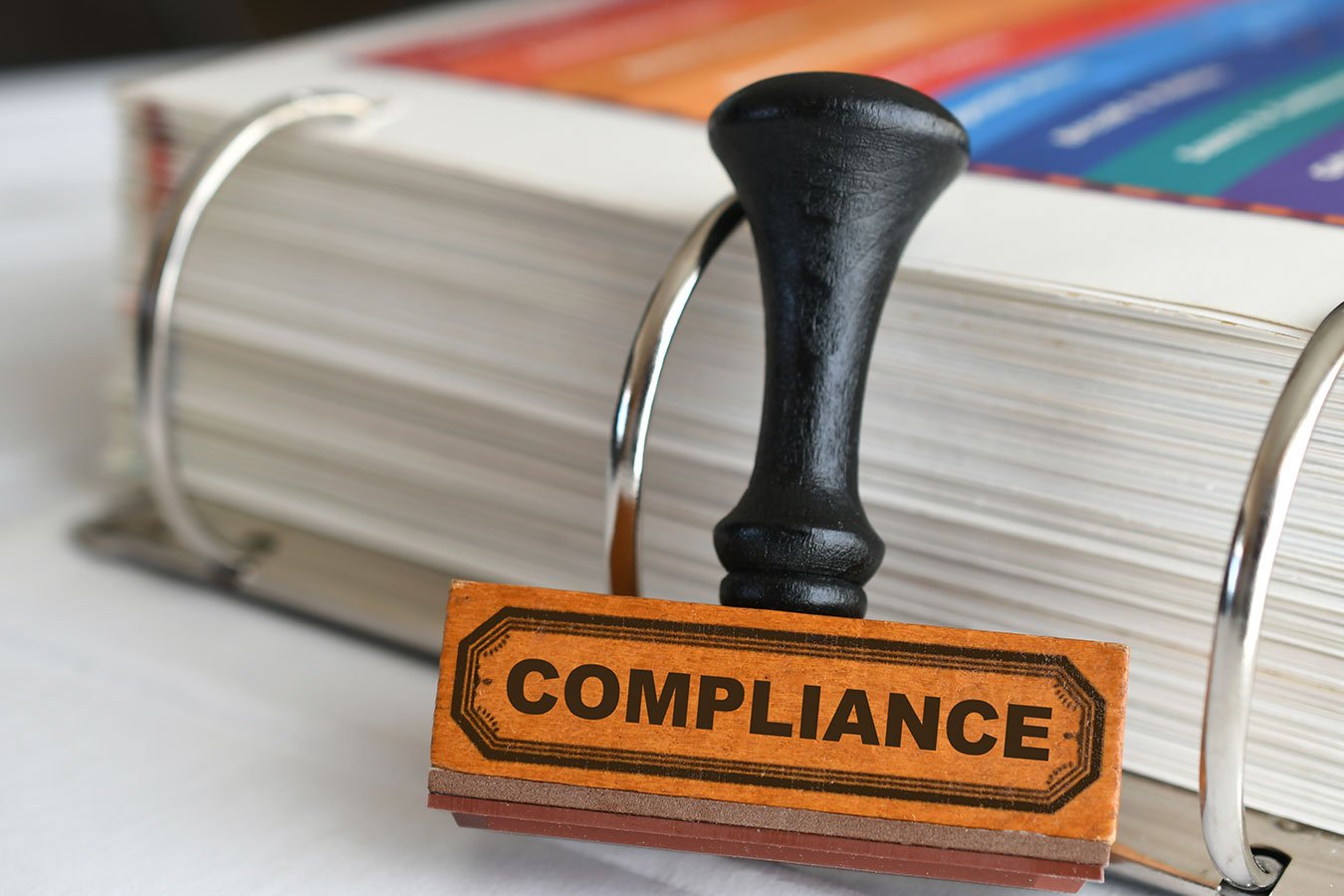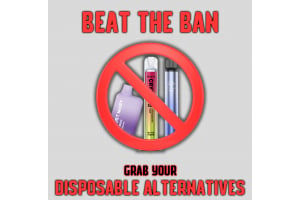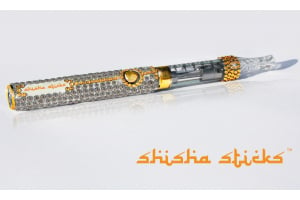Understanding Vape Laws in the UK

Vaping has become an increasingly popular activity in the UK over the past few years, and as such, there have been various laws put in place to regulate the industry. If you are a vaper or are considering taking up vaping, it is important to understand the current vape laws in the UK.
Firstly, it is legal to vape in the UK, but there are restrictions on where you can do so. Public places, such as restaurants, bars, and public transport, are required to have designated smoking areas, which often also apply to vaping. It is also illegal to vape in certain enclosed spaces, such as workplaces and on public transport.
In addition, there are laws in place that regulate the sale and marketing of vaping products. It is illegal to sell vaping products to anyone under the age of 18, and retailers are required to verify the age of their customers before making a sale. There are also laws in place in regards to nicotine strengths, e-liquid bottles sizes and tank capacities. The maximum strength of e-liquid allowed to be sold is 20mg/ml or 2%, anything higher than this is illegal. E-liquid bottle sizes can be a bit confusing, the easiest way to get your head around it is to stick to the 10ml rule. If a bottle is bigger than 10ml, it’s legally not allowed to contain nicotine. So if you use higher nicotine strengths, getting a bigger bottle of e-liquid in you desired nicotine strength is not always the easiest process as it requires many nicotine shots and extra empty bottles. Lastly, tank sizes are capped at 2ml maximum and you should always think twice before buying one that is marketed as bigger as you may unknowingly be breaking the law. The marketing of vaping products is also heavily regulated, with restrictions on advertising in certain places, such as on television or in print media.
Another important aspect of vape laws in the UK is the regulation of e-liquid ingredients. All e-liquids sold in the UK must comply with EU regulations, which require the ingredients to be listed on the packaging and limit the amount of certain substances, such as nicotine, that can be included in the product.
Furthermore, there are specific laws in place that regulate the safety of vaping devices. All vaping products must meet safety and quality standards, and retailers must ensure that their products are safe to use before selling them to customers.
It is also worth noting that the UK has implemented the Tobacco Products Directive (TPD), which imposes specific regulations on the vaping industry. These regulations include restrictions on the size of e-liquid bottles, the nicotine strength of e-liquids, and the design of vaping devices.
Overall, it is important to understand the laws surrounding vaping in the UK, both to ensure that you are following the regulations and to ensure that you are using safe and reliable vaping products. By staying informed about the current laws and regulations, you can continue to enjoy vaping as a safe and enjoyable activity.
Here is a simplified list of regulations in effect.
- The maximum Nicotine strength available will be 20mg/ml (2%)
- E-Liquid bottles will be no larger than 10ml
- Vape tanks no larger than 2ml capacity
- Nicotine containing products must carry health warnings
- There must be a leak-proof refilling mechanism
- Emissions testing and provision of toxicological data by the manufacturers
- Restrictions on advertising
















